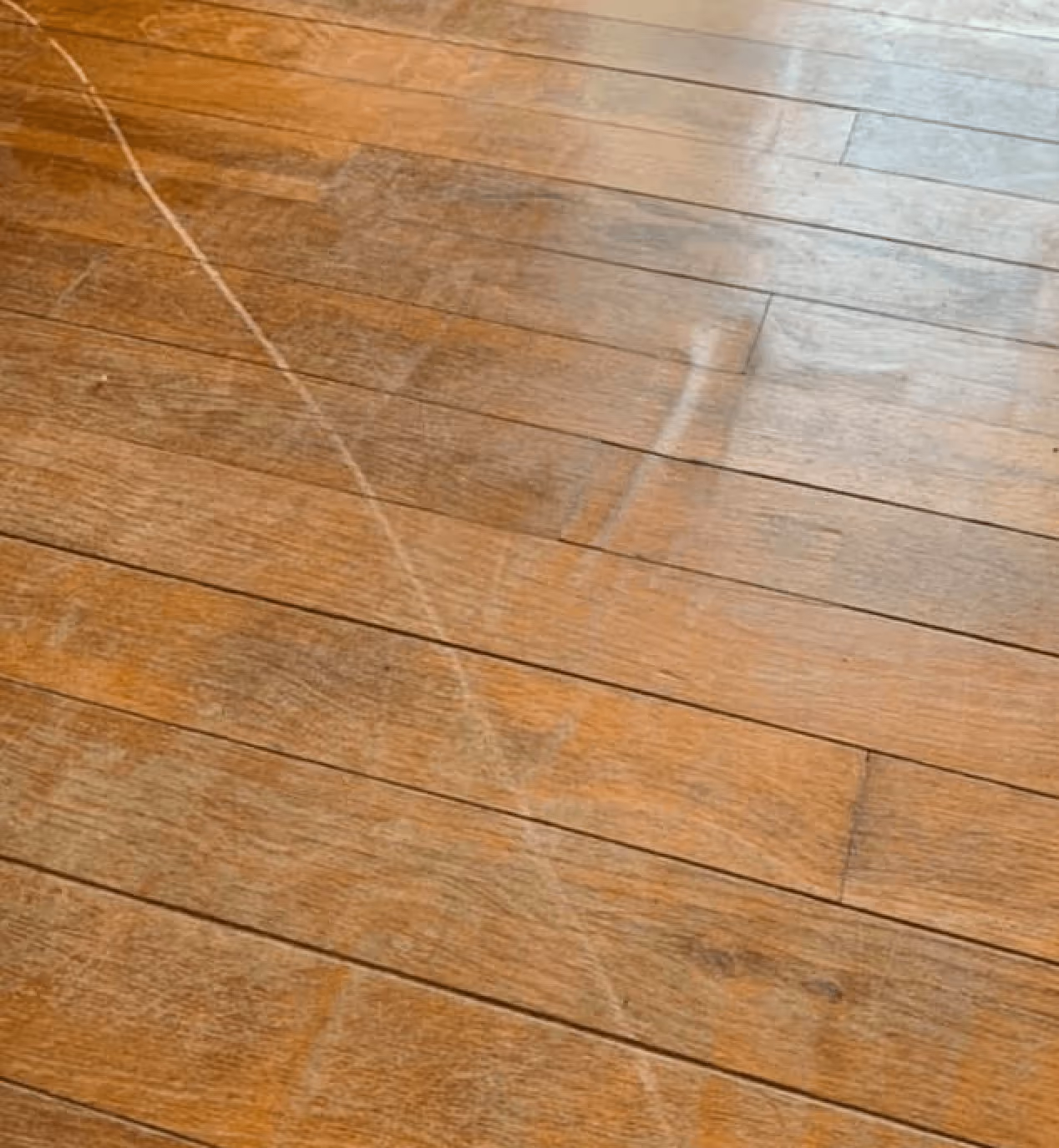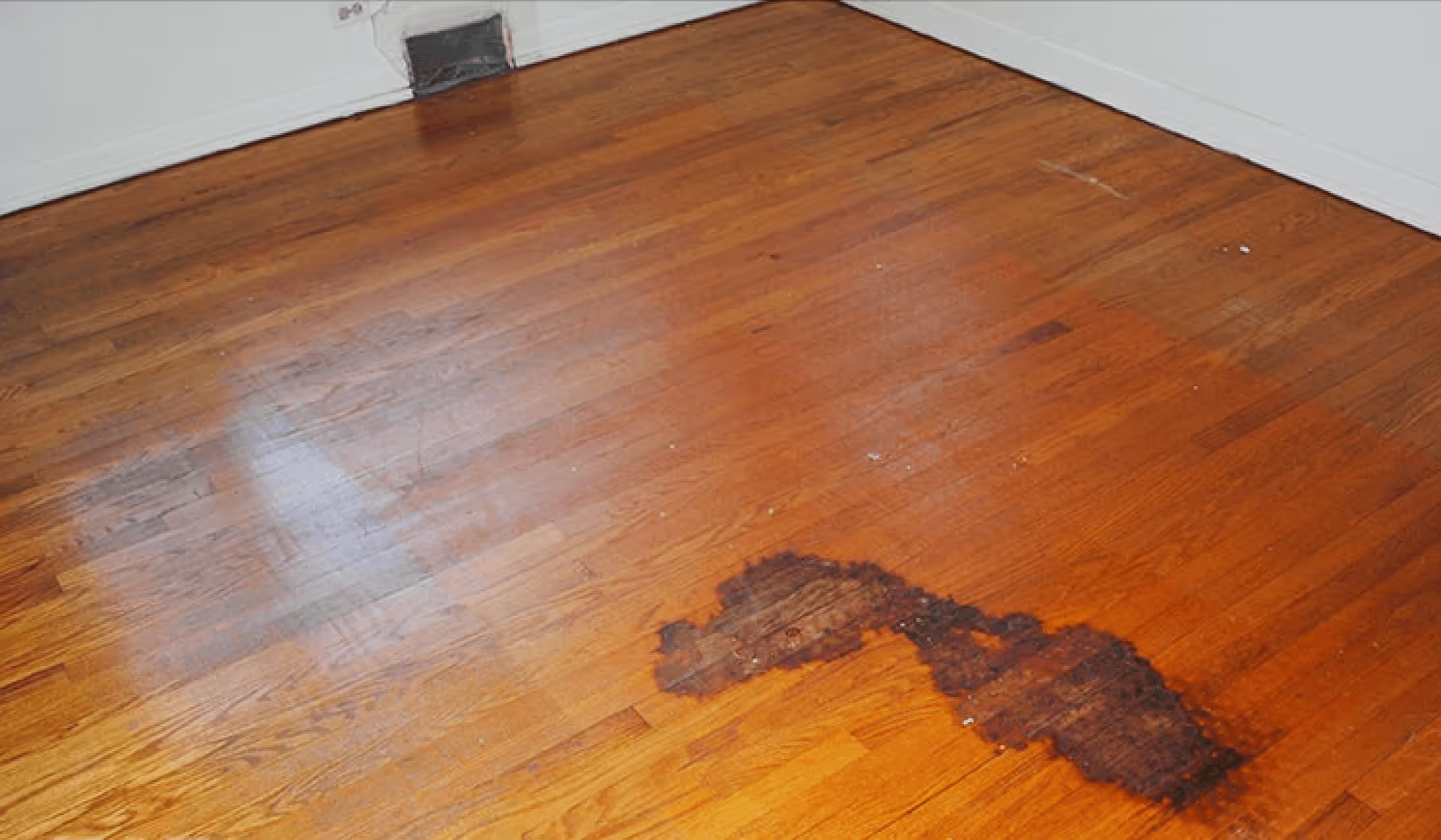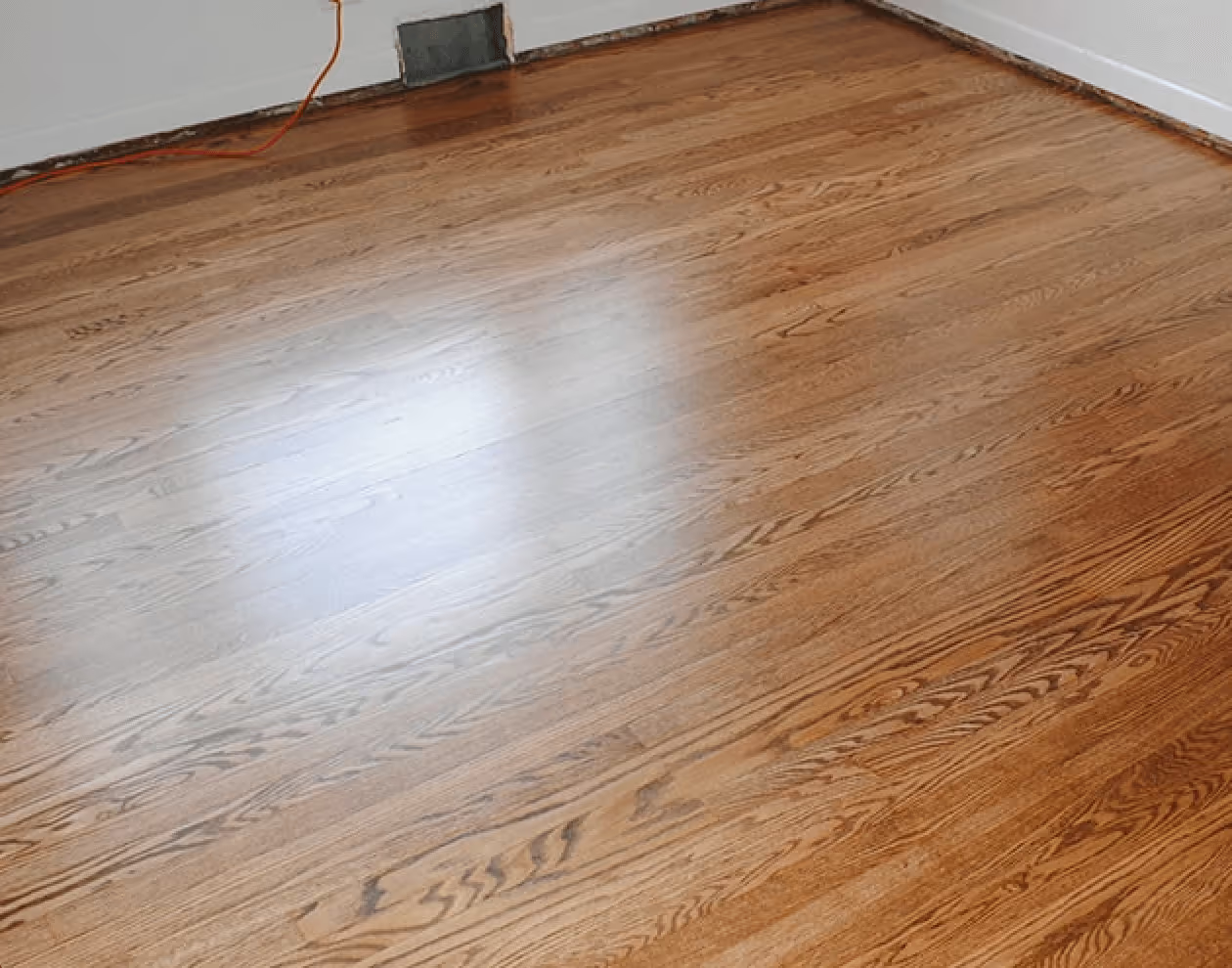Buff and Recoat Hardwood Floors
Buff & Coat near me refreshes hardwood by lightly buffing and adding a new protective finish. It removes scratches, restores shine, and extends floor life—quick, clean, and affordable.
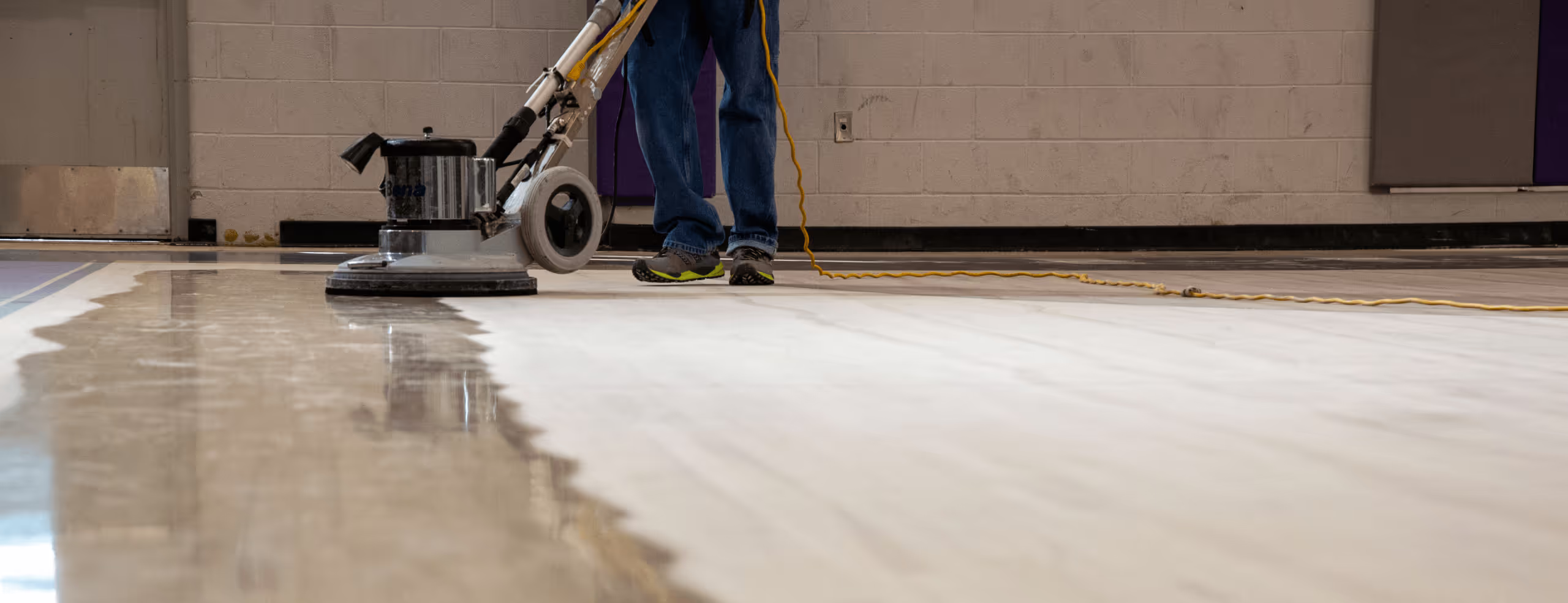
Buff & Coat near me refreshes hardwood by lightly buffing and adding a new protective finish. It removes scratches, restores shine, and extends floor life—quick, clean, and affordable.



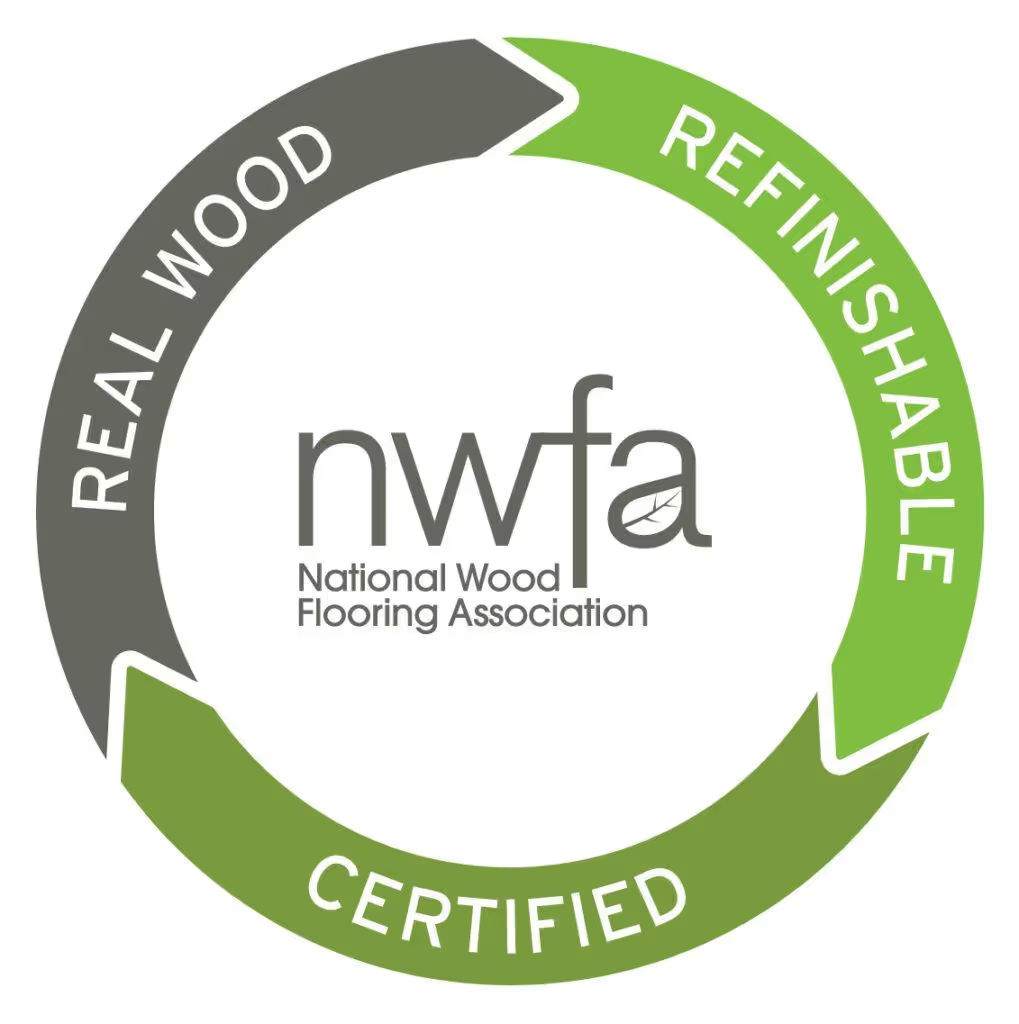


Daily life leaves its mark — shoes, pets, spills, and scratches all wear down your hardwood’s shine. Buff & Coat restores that smooth, polished look while protecting your floors against future damage. It’s a simple way to extend the life of your hardwood and keep it looking its best, without the cost of full refinishing.


Buff & Coat works best when your floors show light wear — dullness, surface scratches, or minor scuffs — but the wood underneath is still in good condition. Think of it as preventative care, like sunscreen for your floors. By recoating before the finish wears through, you keep your hardwood protected and beautiful for years longer.
